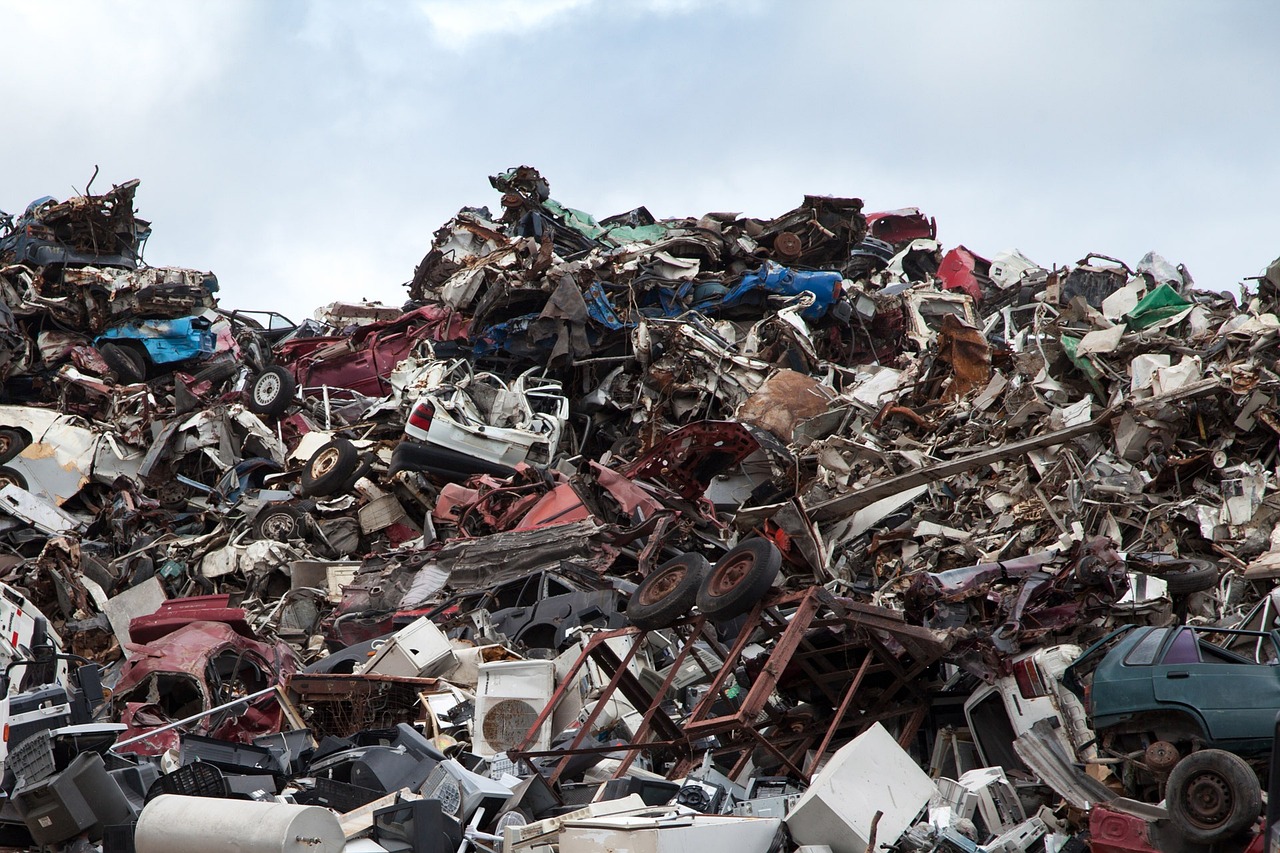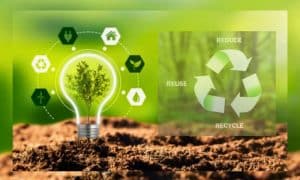Solar technology continues to evolve and become more accessible. Many early adopters face a critical question: What happens to their solar equipment after its lifespan of around ten years? Plus, where should they dispose of it?
The lifespan of solar equipment
Solar panels, inverters, and batteries are the backbone of any solar system. They provide clean and sustainable power for homes and businesses. Understanding the lifespan of these components is important for assessing the long-term viability and sustainability of solar installation.
Solar panels sold in Australia typically have a lifespan of 25 to 30 years. The timeframe is influenced by various factors, such as the quality of materials used in manufacturing, the design of the panels, and environmental conditions, such as exposure to sunlight, temperature fluctuations, and humidity.
Inverters have a shorter lifespan than solar panels. Typically, they last between ten and 15 years. However, technological advancements in durability are gradually extending the lifespan of inverters.
Batteries also have a finite lifespan. It depends on the type of battery chemistry used and the depth of discharge cycles. Lithium-ion batteries usually last between five and 15 years, depending on usage patterns and maintenance practices.
When is it time to replace your solar equipment?
Several indicators may suggest it’s time for replacement:
- Decreased overall performance: If you notice a decline in the overall performance of your solar energy system, including reduced energy production or efficiency, it could be a sign that one or more system components are reaching the end of their lifespan.
- Inverter malfunctions: Inverters are important. However, if you experience frequent inverter failures, irregularities in AC output, or other performance issues, it may indicate that the inverters need replacement.
- Battery capacity decline: If you have a solar battery, you must monitor it. Signs of declining battery capacity, such as reduced energy storage or shorter discharge times, may indicate the need for battery replacement.
- Outdated technology: Technological investments in solar equipment occur rapidly. If your equipment is outdated compared to newer models available on the market, upgrading to more efficient and reliable technology could improve its performance and longevity.
- Warranty considerations: Review the warranty coverage for all solar system components. Typically, manufacturers offer warranties that guarantee performance and reliability for a certain period. If your equipment is approaching the end of its warranty period, it may be prudent to consider replacement to avoid potential issues and costly repairs.
- Maintenance costs: Evaluate your solar equipment’s ongoing maintenance and repair costs. As the system ages, it may need more frequent servicing and upkeep to maintain optimal performance. If the cost becomes prohibitive or exceeds the benefits of continued operation, it may be better to invest in new equipment.
Is it time for an upgrade? Energy Matters can help you find the best solar system as we connect you to local solar installers. Get your FREE solar quotes today.
Disposal of solar equipment
Improper disposal of solar equipment can negate the advantages of renewable energy and pose serious risks to the environment and public health. This is why recycling it at the end of its lifespan is crucial.
Recycling solar equipment has many benefits. One is that it diverts end-of-life solar panels and components from landfills, mitigates electronic waste’s environmental impact, and reduces raw materials consumption. Another is that recycling conserves energy and reduces greenhouse gas emissions associated with manufacturing new materials.
Australia has made significant strides in establishing recycling infrastructure for solar equipment. However, it’s still nascent compared to other developed nations. The good news is that various initiatives and collaborations are underway to enhance recycling rates for solar equipment in Australia. But should you dispose of it in the landfill or a recycling area?
Landfill disposal
Disposing of solar equipment in landfills presents several environmental risks and challenges. Solar panels contain hazardous materials and, when exposed to moisture in landfills, these materials can leach into the soil and groundwater. In turn, this may contaminate the local ecosystem and harm human health.
Unbeknownst to some, solar panels contain valuable materials like silicon, glass, and metals, which can reclaimed and reused through recycling. Sending these materials to landfills squanders finite resources and exacerbates the demand for virgin materials.
Finally, once buried in landfills, solar equipment can persist for decades or even centuries, leaching toxins and polluting the environment long after its useful life has ended. Landfilling solar equipment perpetuates the cycle of waste generation and undermines efforts to achieve sustainability and circularity in resource management.
So far, only Victoria has officially banned solar panels from ending up in landfills.
Queensland is already working on banning the dumping of end-of-life solar panels in landfills.
Recycling
Compared to landfill disposal, recycling offers a sustainable and environmentally responsible alternative to landfill disposal. It allows the recovery and reuse of valuable materials, conserving natural resources and reducing the demand for virgin materials. Other precious materials may be reclaimed through recycling processes, closing the loop and minimising waste generation.
By diverting solar equipment from landfills, recycling mitigates the release of hazardous substances into the environment. It also safeguards the soil, water, and air quality. Proper recycling practices prevent the accumulation of toxic leachate and mitigate the risk of environmental contamination, protecting ecosystems and human health.
Finally, recycling promotes the principles of a circular economy by maximising resource efficiency, minimising waste, and fostering sustainable resource management practices.
Other ways to dispose of solar equipment
Sometimes, recycling isn’t an option for households and businesses. The good news is there are a few ways to dispose of solar panels and avoid landfill:
- E-waste disposal: Most areas in AU have an e-waste program. Under this program, a local waste disposal facility will dispose of the solar panel in the e-waste section of the tip for an additional cost. Keep in mind that E-waste programs are slowly being discouraged in the country.
- Sell used solar panels: If your solar equipment is still operating at some capacity, you might consider selling them as a used product.
- Use them for outdoor activities: You can add your old dollar panels to a camper van or modify them for camping.
- Sell them to a scrap dealer: Scrap dealers can help remove your old solar panels.
Choosing recycling over landfill disposal can help mitigate environmental harm, conserve resources, and foster a more sustainable future. However, when recycling is not feasible, alternative disposal methods such as e-waste programs, selling used panels, repurposing for outdoor activities, or selling to scrap dealers provide additional options to avoid landfilling and minimise environmental impact.
Energy Matters has been in the solar industry since 2005 and has helped over 40,000 Australian households in their journey to energy independence.
Complete our quick Solar Quote Quiz to receive up to 3 FREE solar quotes from trusted local installers – it’ll only take you a few minutes and is completely obligation-free.










































